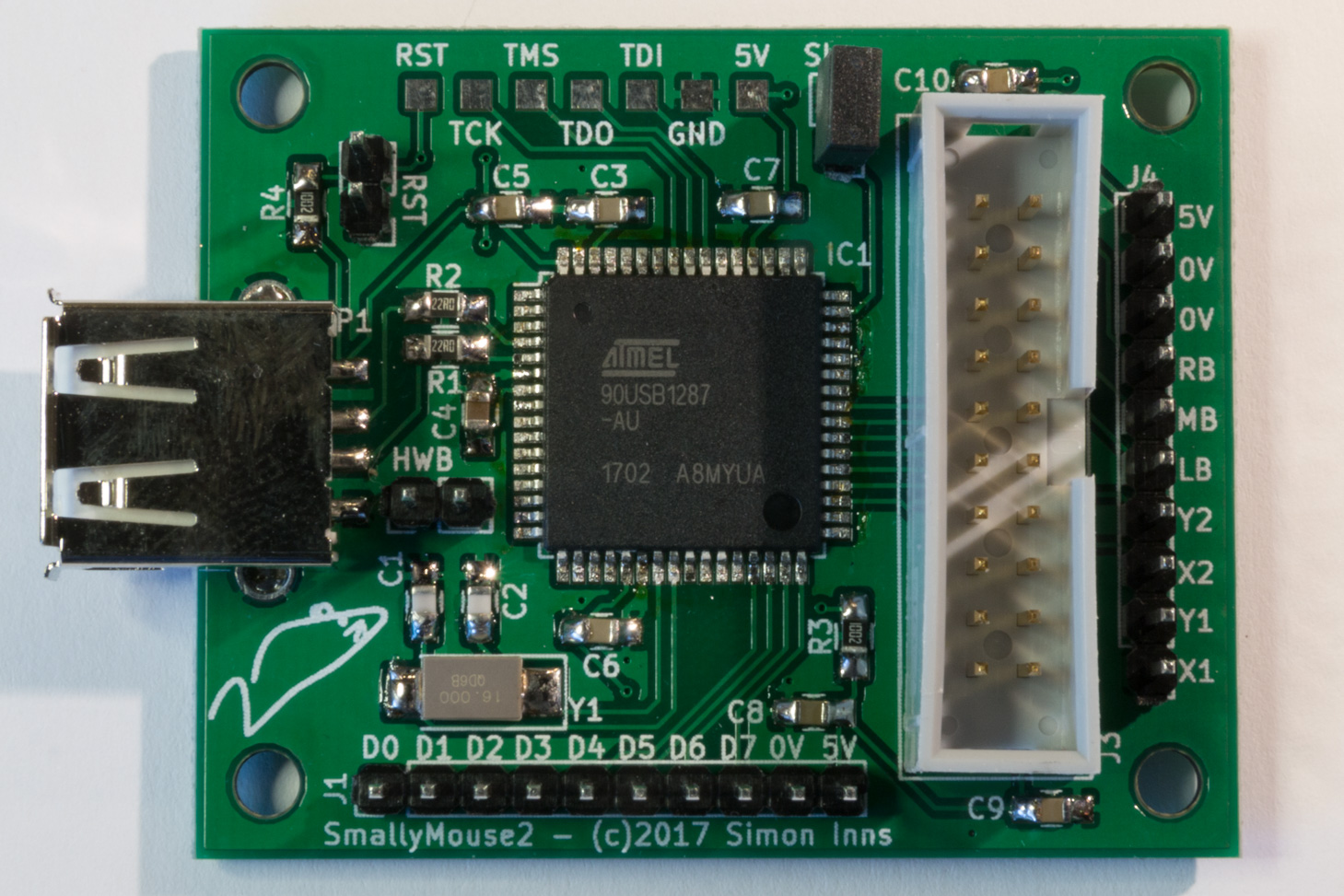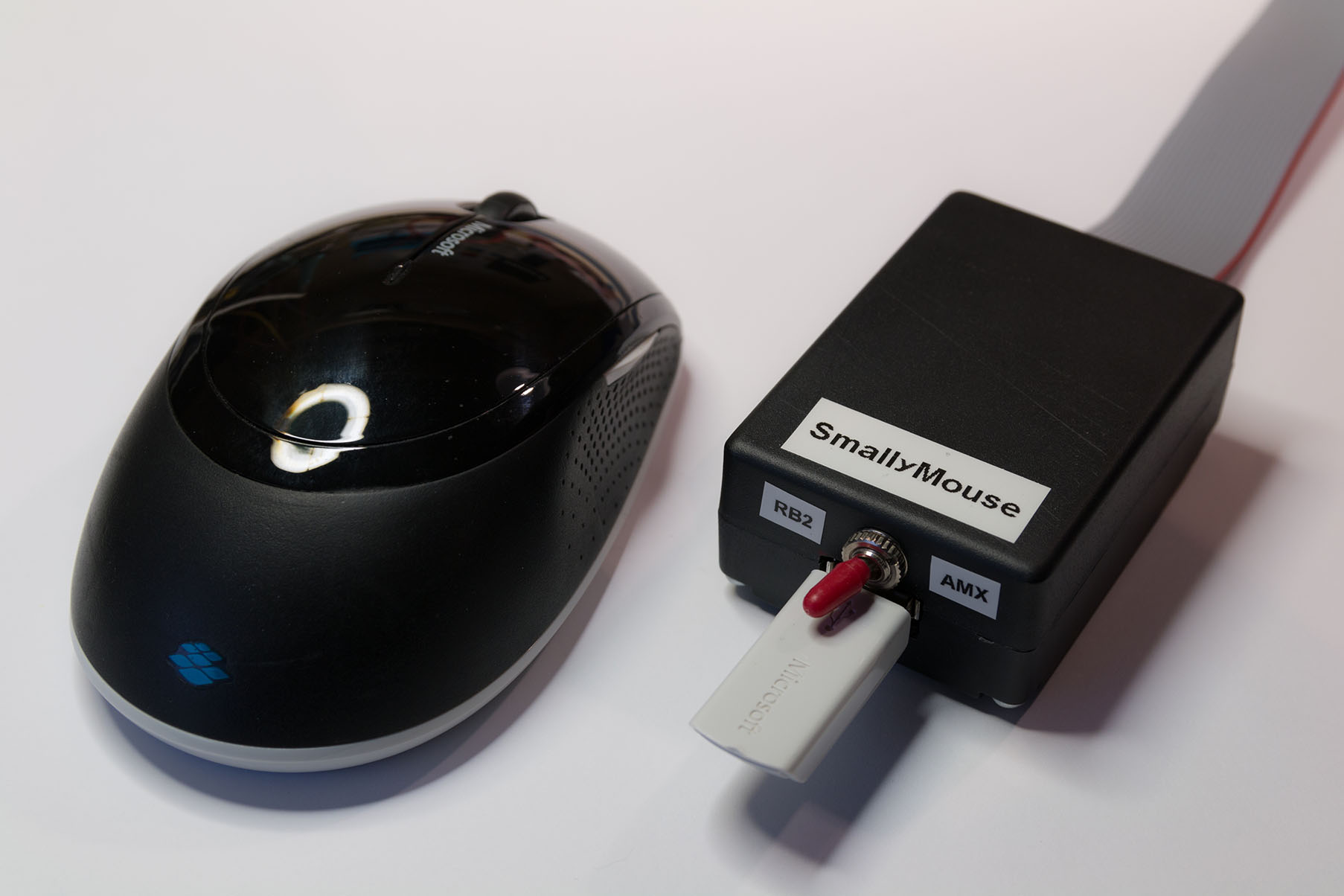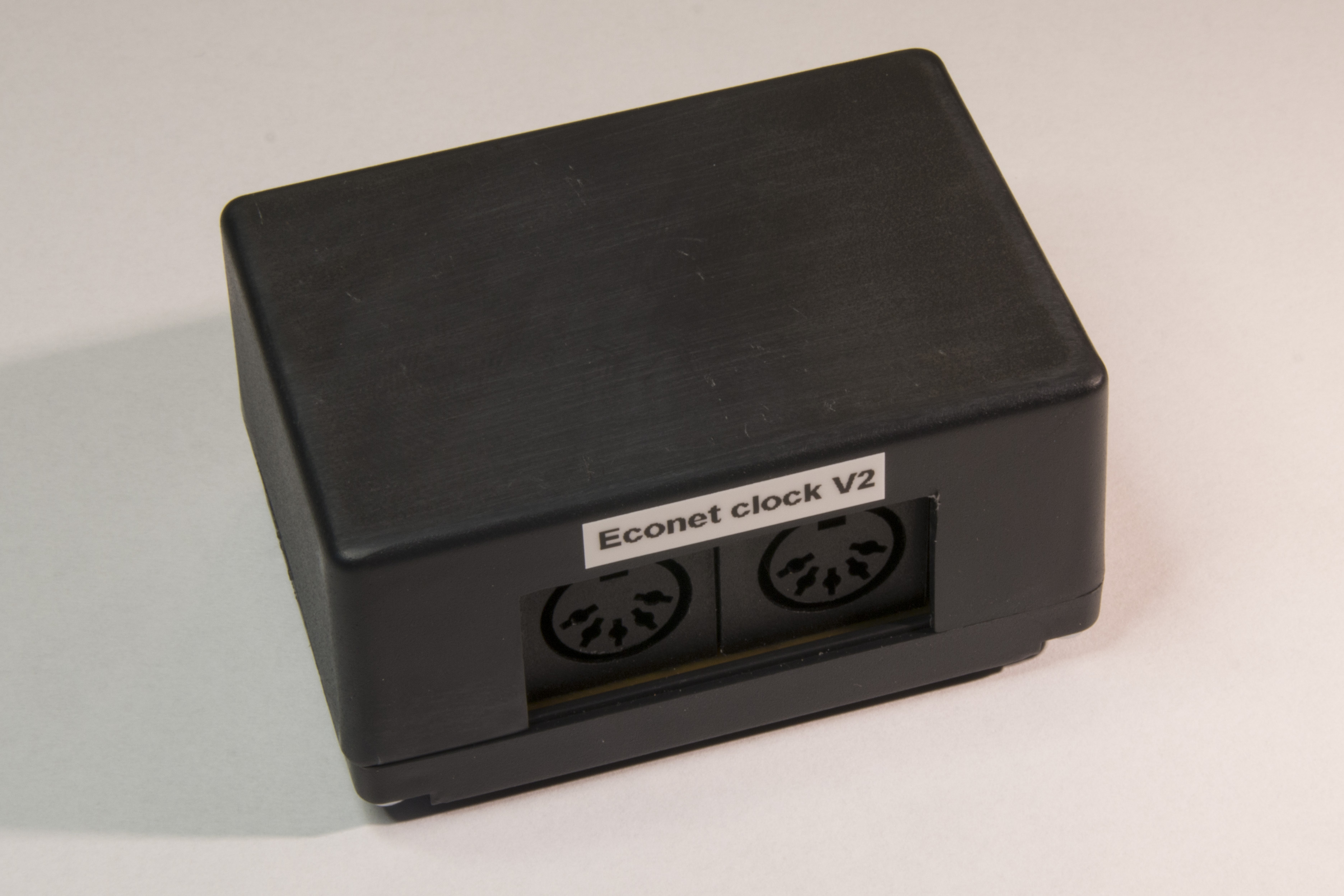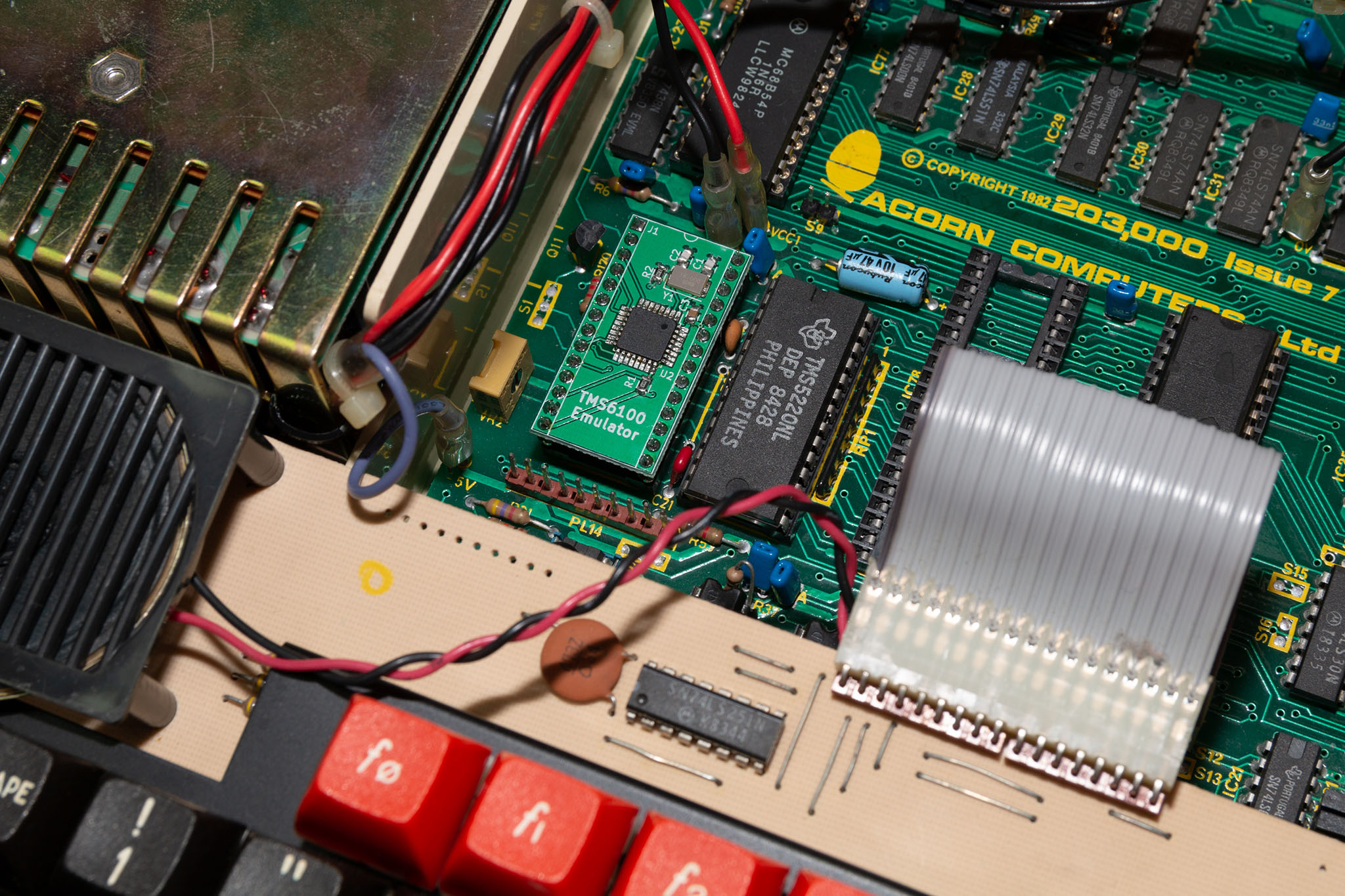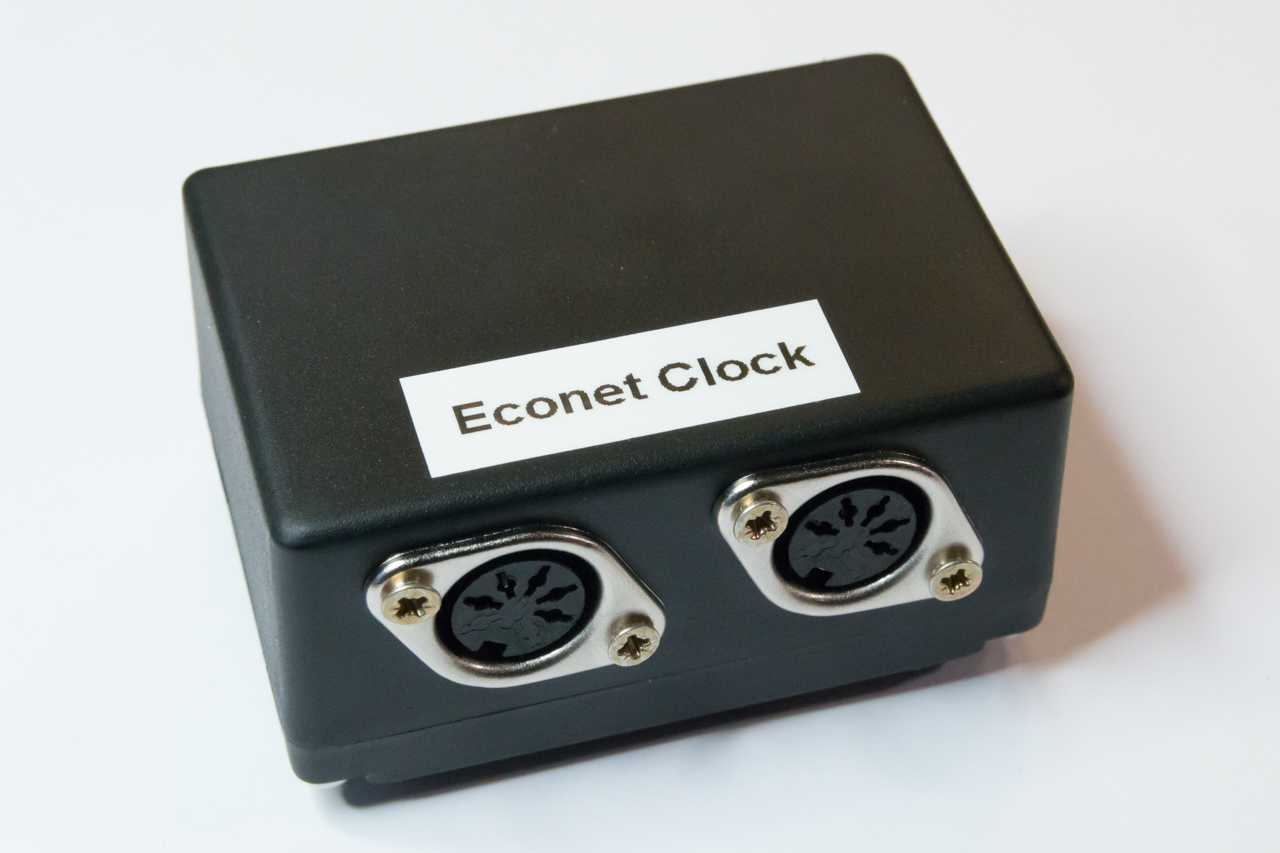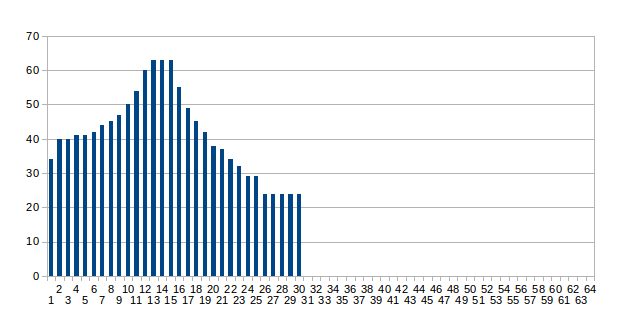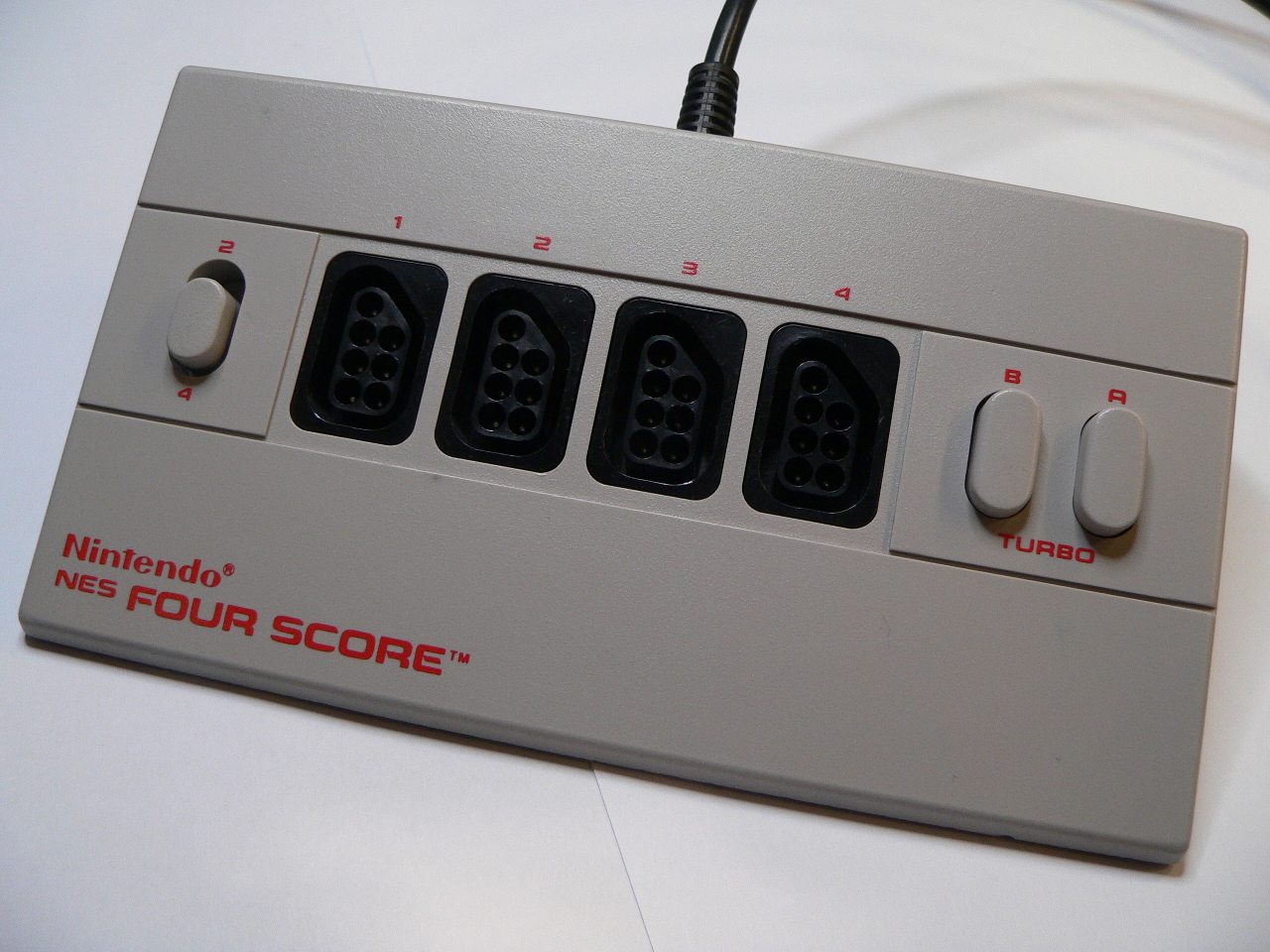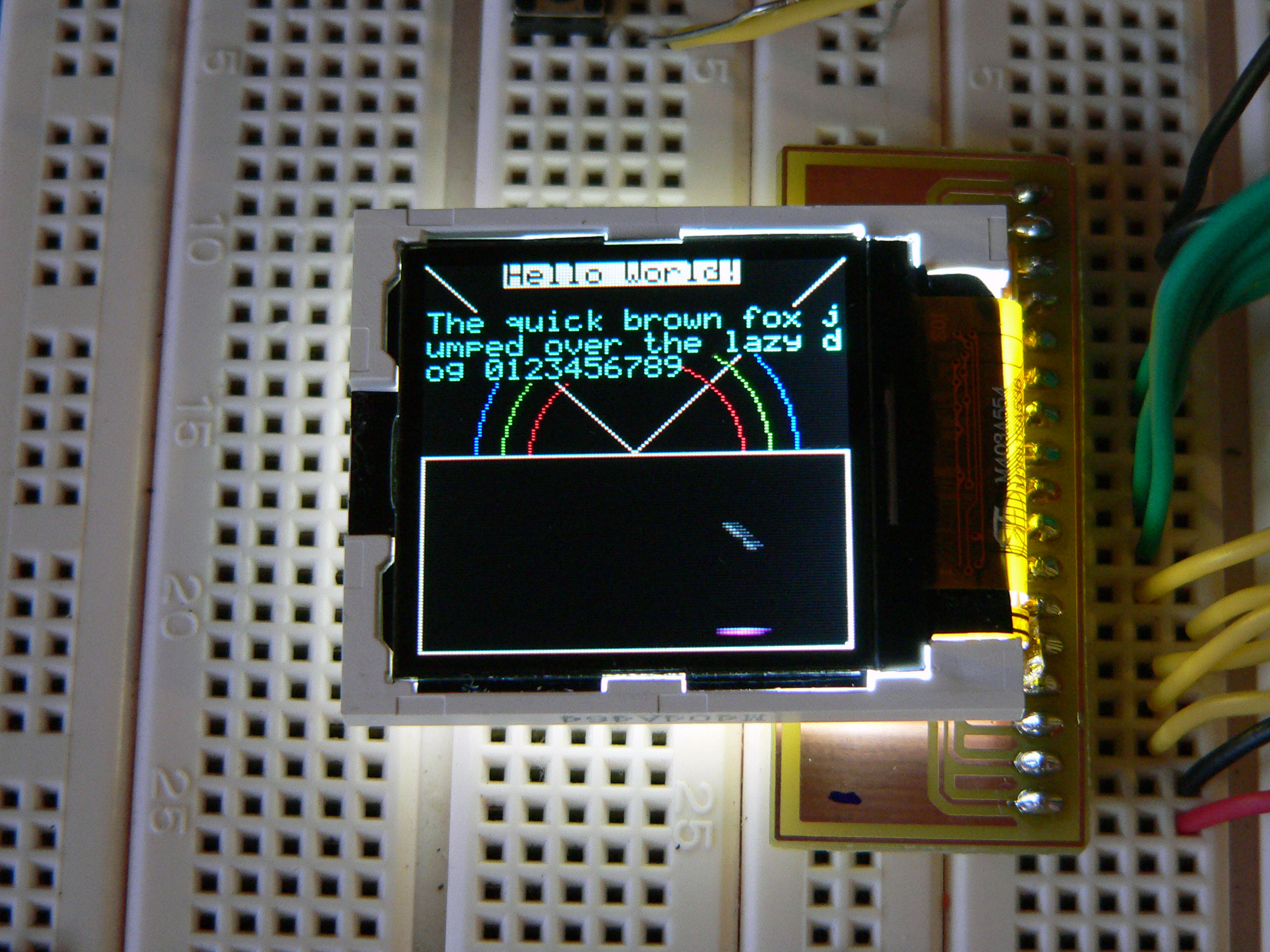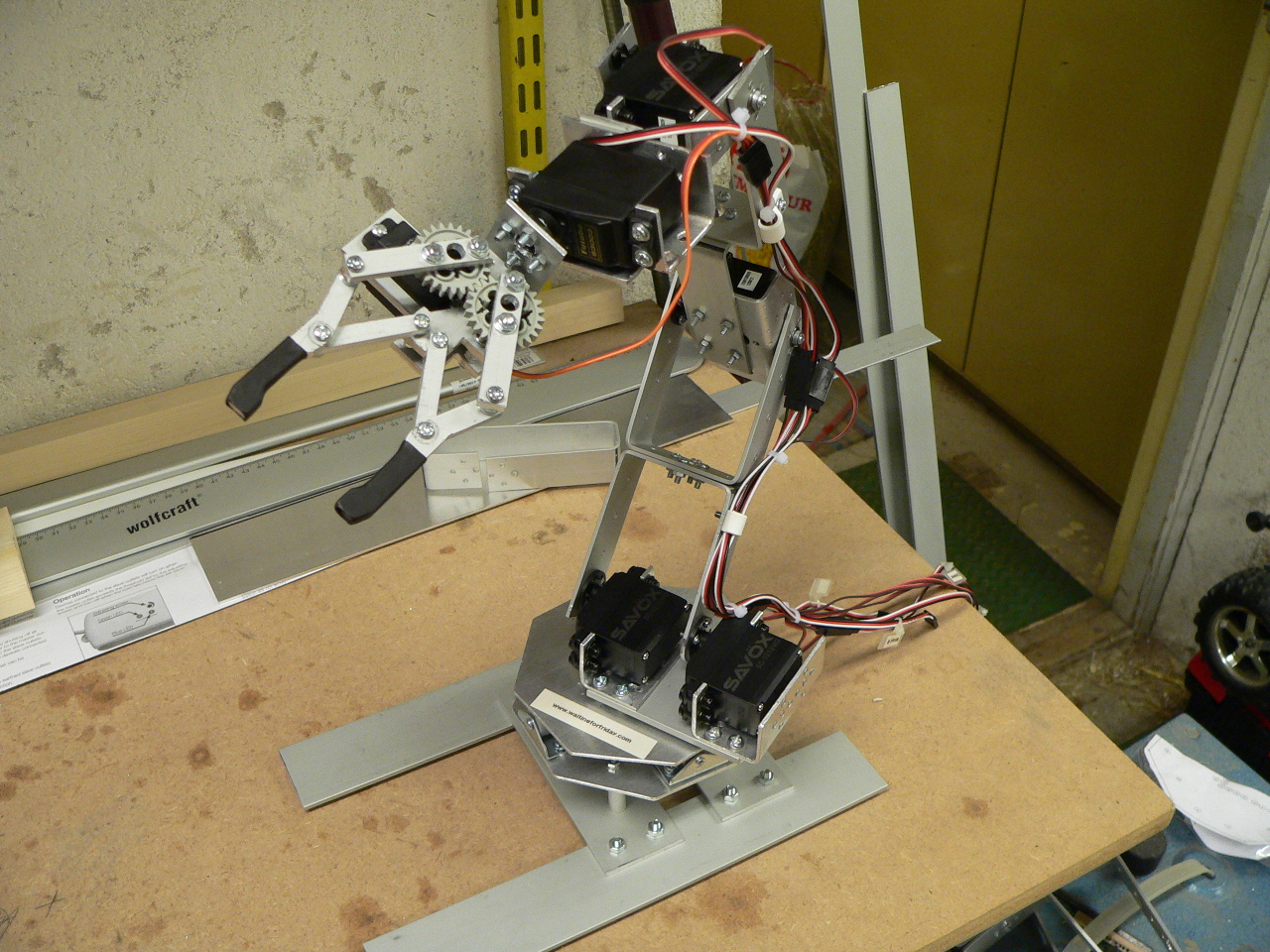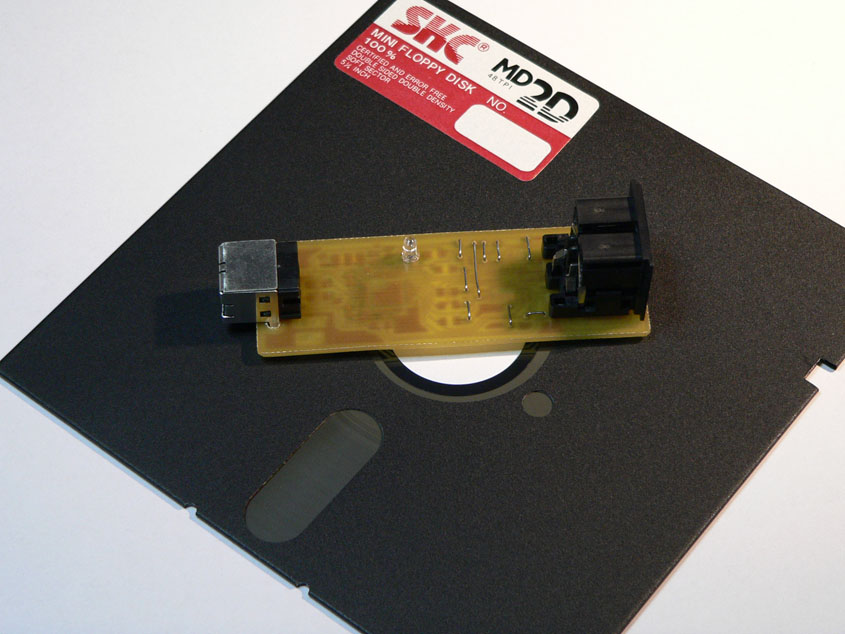Category Archives: AVR Microcontroller
Articles for projects that use the Atmel AVR microcontroller
SmallyMouse2 – Universal USB to Quadrature Mouse Adapter
- Posted by Simon Inns
- Posted on May 27, 2017
- Acorn,AVR Microcontroller,Retro Computers,USB
- 25 Comments.
SmallyMouse2 is a universal USB to quadrature mouse adapter for many 8-bit and 16-bit retro computers and allows the use of modern USB mice on machines such as the Acorn BBC Micro, Acorn Master, Acorn Archimedes, Commodore Amiga, Atari ST and many more. Unlike most existing mouse adapters, SmallyMouse2 implements a fully USB compatible interface […]
USB to Quadrature Mouse Adapter
- Posted by Simon Inns
- Posted on October 14, 2016
- Acorn,AVR Microcontroller,Retro Computers,USB
- No Comments.
SmallyMouse is a project that creates a USB mouse adaptor for 8-bit Acorn computers including the BBC Micro and Master series machines. SmallyMouse can emulate the two most popular user-port mice made for the BBC – the AMX mouse and the Marconi RB2 trackball (as used in the BBC Domesday project) and provides a small […]
Acorn Econet Clock V2
- Posted by Simon Inns
- Posted on June 18, 2016
- Acorn,AVR Microcontroller,Econet,Retro Computers
- No Comments.
Continuing on from my first Acorn Econet Clock project, I received some good feedback and advice from other Acorn enthusiasts and decided to make a slightly more complex version 2 of the clock. The original design was simplistic enough to be built on stripboard however, this revised design is built on a custom PCB with […]
Acorn Speech PHROM TMS6100 Emulator
- Posted by Simon Inns
- Posted on June 12, 2016
- Acorn,AVR Microcontroller,Retro Computers,Reverse engineering,Sound
- 6 Comments.
This project creates a TMS6100 speech PHROM (PHrase Read Only Memory) for use with the TMS5220 Voice Synthesis Processor in an Acorn BBC Microcomputer. Whilst it’s still possible to purchase TMS5220 ICs from sites like Ebay, the TMS6100 was a mask-programmed ROM that Acorn produced specifically for their speech upgrade and is therefore difficult and […]
Acorn Econet Clock
- Posted by Simon Inns
- Posted on May 25, 2016
- Acorn,AVR Microcontroller,Econet,Retro Computers
- No Comments.
This project creates an Acorn Econet clock suitable for use with Acorn computers from the 1980s and 90s. The Acorn Econet network is an EIA-422-B based network that is driven by a differential clock signal. In the network topology the clock generator is a separate unit that is daisy-chained into the network bus and ensures […]
Fast Hartley Transformation Library for AVR microcontrollers
- Posted by Simon Inns
- Posted on June 2, 2013
- AVR Microcontroller,Sound
- 11 Comments.
This article demonstrates an implementation of Fourier transform known as the ‘Fast Hartley Transformation’ or FHT. The FHT is very similar to the more popular FFT however it operates on a real number input (where-as the FFT requires a complex number input of both real and imaginary parts). The primary reason to use FHT over […]
Nintendo Four Score USB
- Posted by Simon Inns
- Posted on April 18, 2013
- AVR Microcontroller,Retro Computers,USB
- No Comments.
The Nintendo Four Score is a 4 port joystick adaptor for the original 8-bit NES console which allowed you to plug in 4 joysticks (or ‘joypads’) and play compatible 4 player games. Since my daughter wanted to play some of the NES classics such as Zelda and Mario Bros. I decided to purchase on of […]
Reverse Engineering a 1.5 inch Photoframe
- Posted by Simon Inns
- Posted on February 3, 2013
- AVR Microcontroller,Light,Reverse engineering
- 1 Comment.
Whilst browsing around a local electronics store I noticed they were selling little key-ring photo frames. These little devices had a 1.5 inch 128×128 colour TFT as well as USB, batteries and 16 Mbytes of storage for around 140 pictures. Best of all they were very cheap, so I purchased a few to see if […]
Building a Robot Arm
- Posted by Simon Inns
- Posted on January 27, 2013
- AVR Microcontroller,Robotics
- 2 Comments.
This article shows how to build your own robot arm constructed mainly from 2mm aluminium. Although it is possible to buy ready-made robot arm kits they tend to be expensive and quite small; I wanted to see if it was possible to make a good quality 6 DOF (Degrees Of Freedom) arm from aluminium bars […]
Mini xum1541
- Posted by Simon Inns
- Posted on January 11, 2012
- AVR Microcontroller,Retro Computers,USB
- No Comments.
The mini xum1541 is a USB to Commodore IEC serial adaptor which allows you to connect a Commodore 1541 floppy to a modern PC. The design is based on the ZoomFloppy board and the xum1541 firmware provided by Nate Lawson which he has kindly made available under a GNU General Public License. The mini xum1541 is […]
Donate to waitingforfriday.com:
If you like this site and want to help support future projects, or you just want to show appreciation for a project you built, used or enjoyed, please consider leaving a PayPal donation. It’s quick, secure and helps us to run the site and fund future projects!

